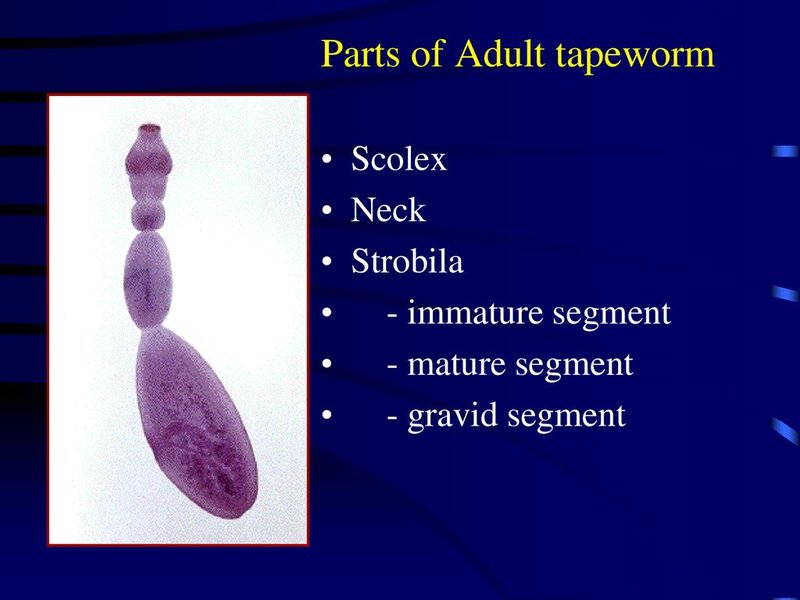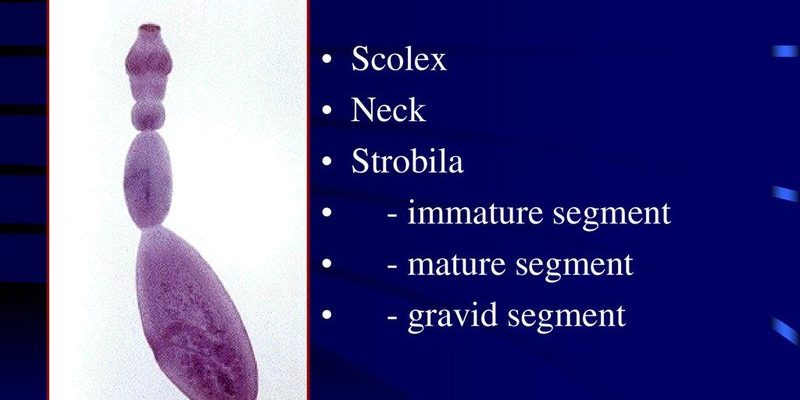
Identifying a guppy tapeworm isn’t just for aquarium enthusiasts; it’s crucial for keeping your fish healthy and ensuring your tank thrives. This little worm can wreak havoc on your guppies if left unchecked. But pinpointing these parasites can come with its own set of challenges, especially if you’re not a seasoned fish keeper. So, let’s dive into the main identification issues you might face when trying to spot a guppy tapeworm in your aquarium.
What Is a Guppy Tapeworm?
Before we get into the nitty-gritty of identification, let’s explore what a guppy tapeworm actually is. These parasites, known scientifically as *Bothriocephalus*, are long, flat worms that can live in your guppies. They usually attach themselves to the intestinal walls and steal nutrients meant for your fish. Think of them as uninvited guests who help themselves to your dinner!
The tapeworms can grow pretty long—up to several inches—making them a standout feature in your guppy’s digestive system. Signs of infection can sometimes be hard to spot, as guppies may not show symptoms until it’s serious. That’s why understanding how to identify these little critters is vital for a healthy aquarium environment.
Common Identification Signs
So, how do you know if your guppy is harboring a tapeworm? The first step is recognizing common symptoms. Here are a few signs you might want to watch for:
- Weight Loss: If your guppy seems to be getting thinner despite eating normally, it could be a tapeworm issue.
- Visible Worms: Sometimes, you might even see segments of the tapeworm in the water or around the guppy’s rear end.
- Behavior Changes: If your guppy becomes lethargic or stops interacting with others, it may indicate discomfort due to parasitic infection.
Identifying these signs early can help prevent more serious health issues down the line. It’s important to keep a close watch on your fish and their behavior. You might be wondering, what should I do if I notice these symptoms? Don’t worry! We’ll cover that later, but understanding these warning signs is your first step toward effective identification.
Challenges of Visual Identification
Identifying guppy tapeworms visually can be tricky for several reasons. First and foremost is the sheer size of the fish compared to the worm. The tapeworm can be minuscule, making it hard to see with the naked eye, especially in a busy aquarium tank.
Even if you’re lucky enough to spot a tapeworm, it might look like harmless debris at first glance. You could easily mistake it for a piece of uneaten food or a bit of plant material. This is where knowing what you’re looking for pays off.
Additionally, guppies can be quite active. They love to swim around, darting here and there, which can make spotting any abnormalities even harder. If they’re constantly moving, how can you take a good look? It might take patience and careful observation to truly assess their health.
The Role of Water Quality
Water quality can greatly affect your guppies’ overall health as well as your ability to spot tapeworms. Here’s why it matters: if the water is murky or dirty, visibility decreases significantly. This makes it far more challenging to notice any tapeworms or other potential health threats.
Moreover, poor water quality can stress fish, sometimes leading to symptoms that mimic a tapeworm infection. Stress can cause weight loss or changes in behavior, which might confuse you when trying to make an accurate diagnosis. Always ensure your tank has clean, well-maintained water to help you better assess your fish’s health.
Testing and Confirming Identification
When in doubt, the best course of action is to confirm your suspicions through testing. Fecal examinations can help identify the presence of parasitic eggs. It’s not the most glamorous part of fishkeeping, but it’s a reliable way to check for tapeworms.
You can collect a sample of your guppy’s waste and have it analyzed. Many local veterinarians or aquarists can help with this. They’ll be able to confirm whether your guppy has tapeworms or rule them out completely. This is especially useful because if you catch a tapeworm infection early, treatment can be much more effective.
If you aren’t comfortable doing a fecal exam yourself, don’t hesitate to reach out to a professional. Sometimes, it’s worth getting a second opinion to put your mind at ease.
Prevention Is Key
Now that we’ve covered the challenges of identifying guppy tapeworms, let’s talk about how to prevent these pesky parasites in the first place. Honestly, prevention is much easier than dealing with the aftermath of an infection. Here are some simple tips:
- Regular Water Changes: Fresh, clean water helps keep your guppies healthy and keeps the tank environment stable.
- Good Feeding Practices: Feed your guppies high-quality food, but avoid overfeeding. Uneaten food can deteriorate water quality.
- Quarantine New Fish: Before introducing new fish into your tank, quarantine them to prevent potential illness from spreading.
By taking these steps, you’ll not only support the health of your guppies but also make identifying any potential issues much more manageable.
When to Seek Help
If you suspect your guppy has a tapeworm and you’re not sure how to handle it, it’s always best to seek help. Whether it’s from a knowledgeable friend, your local aquarium store, or a veterinarian specializing in fish, don’t hesitate to reach out.
Sometimes, the issue can escalate quickly, and acting fast can save your guppies’ lives. Whether it’s through medication or adjustments to their environment, professionals can provide the best advice tailored to your situation.
Remember, you’re not alone in this! Many fish enthusiasts face the same challenges, and there’s a great community out there to lean on.
In conclusion, while spotting a guppy tapeworm presents its own set of challenges, being aware of the signs, ensuring good water quality, and staying proactive can make all the difference. With a little patience and care, you can keep your aquarium vibrant and healthy, full of happy guppies swimming freely. So, keep an eye on your fish, and enjoy the beautiful underwater world you’ve created!

